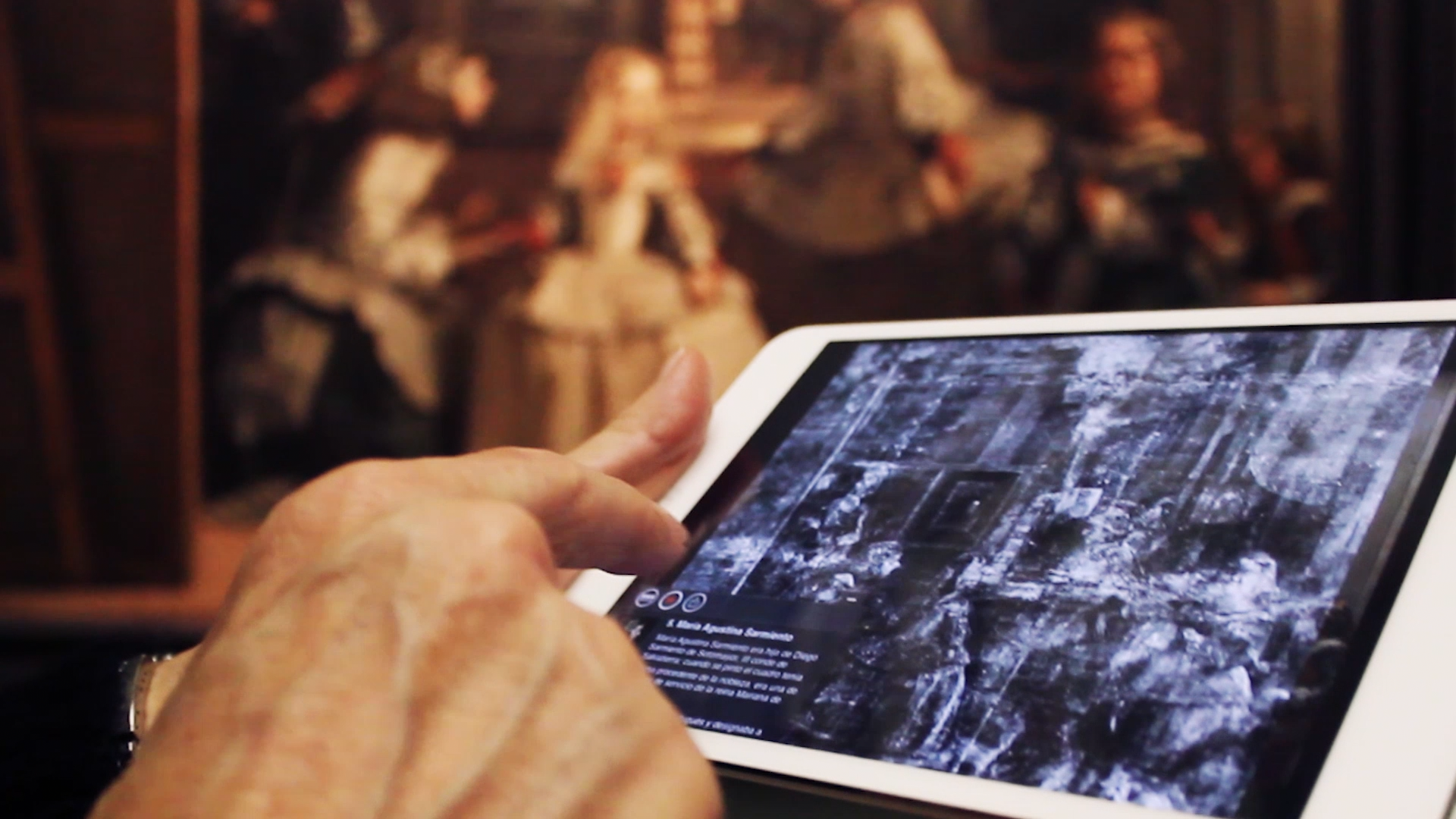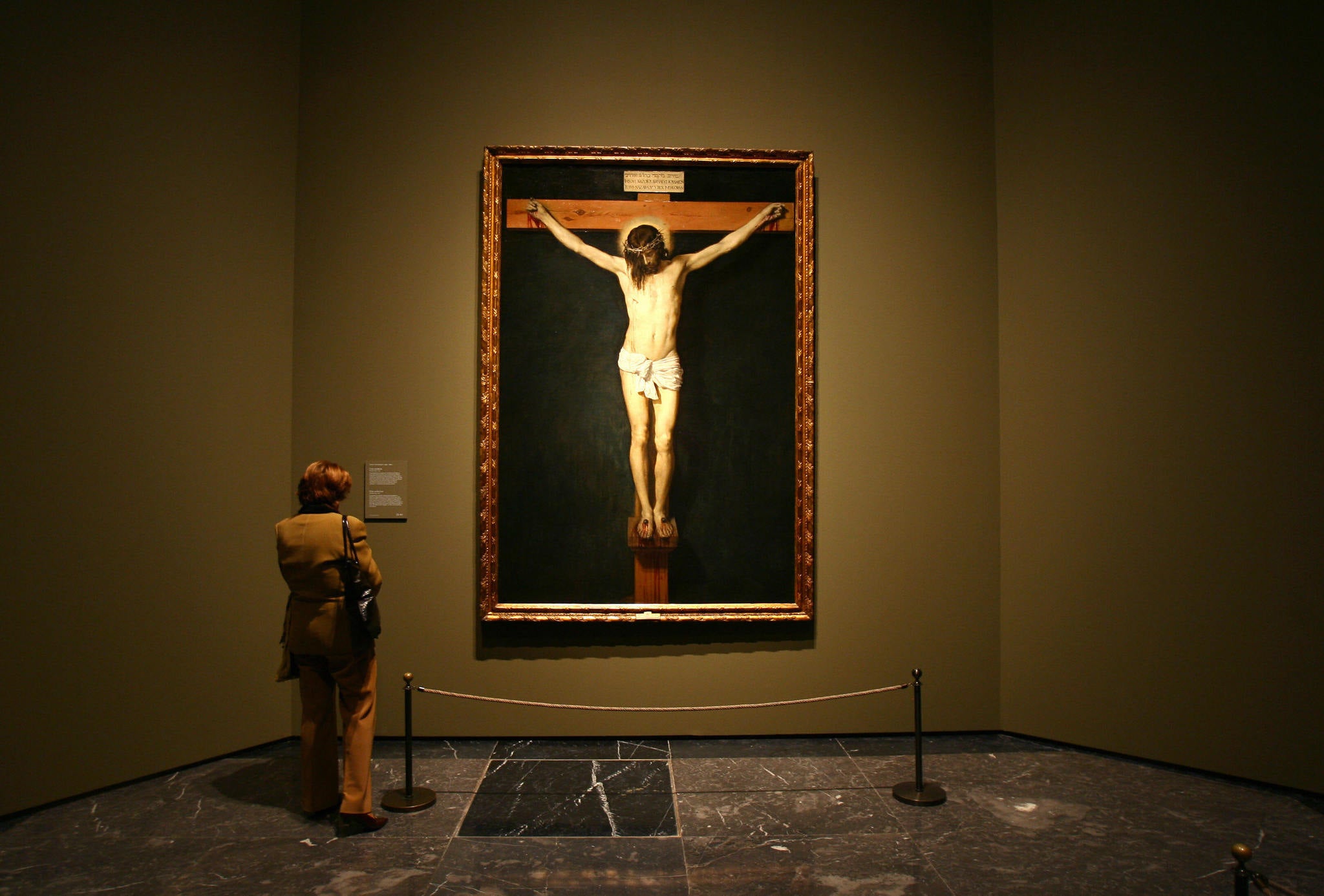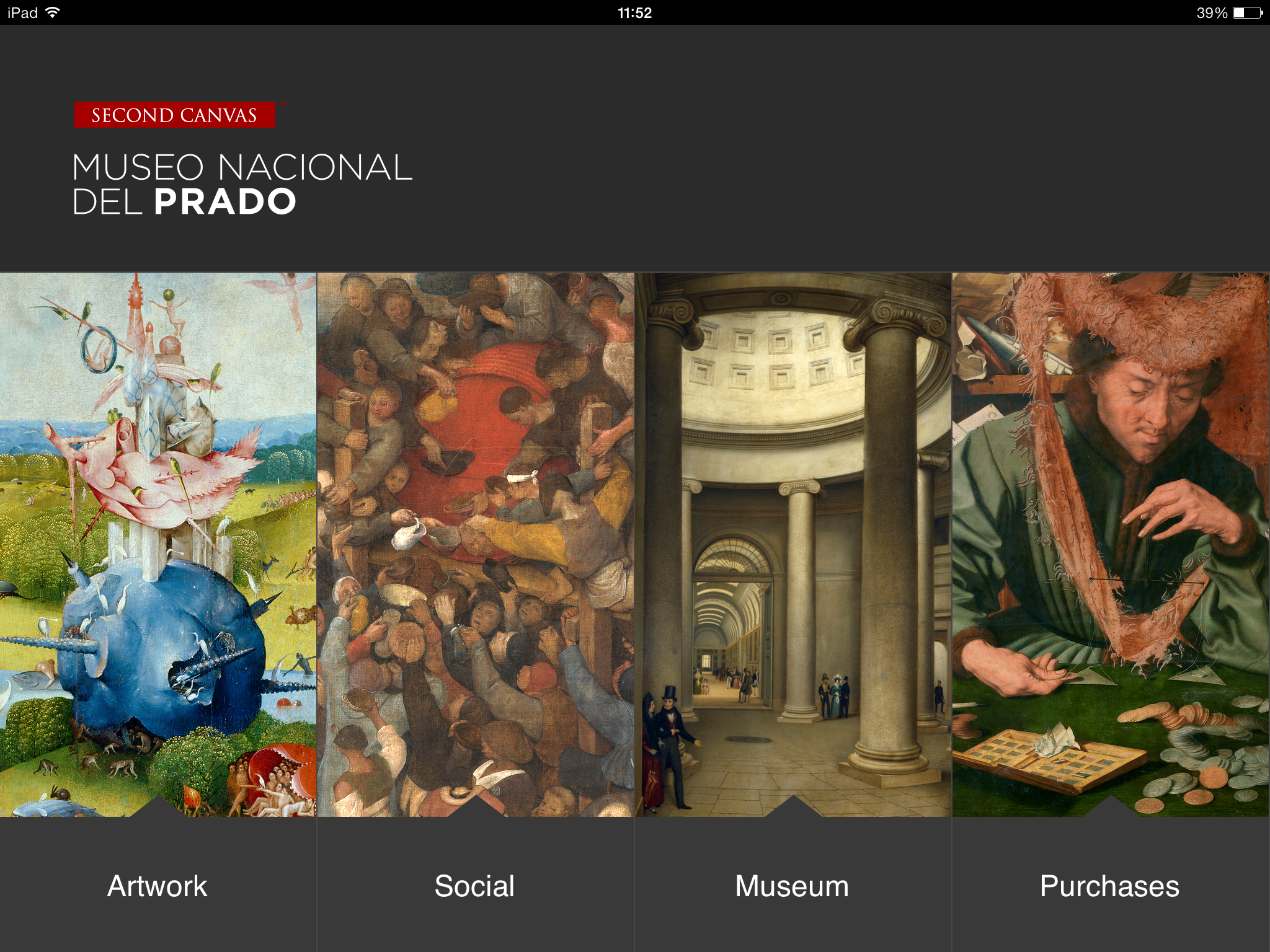Gigapixels vs real-life goggling: Can an iPad app beat a visit to the art gallery?
<b>David Phelan</b> tests out the Museo del Prado's new app for iPads to see how audio commentary and gigapixel images compared with the real thing

The extensive and welcoming art gallery, the Museo Nacional Del Prado in Madrid, can now be visited wherever you are, thanks to an impressive iPad app.
The app uses a platform called Second Canvas which can – and most likely will – be used in other galleries and museums in the future. Key to the app is a series of extremely high-resolution photographs of artworks. For the Prado this adds up to 14 images of astonishing detail. Choose The Garden of Earthly Delights of Hieronymus Bosch: touch the image and it appears on the iPad screen. Pinch to zoom in and you see more. But you can keep zooming in. The image refreshes until you’re up so close you can see the cracks that litter the painting’s surface, even individual brush strokes.
The Deputy Director of the Prado, Gabriele Finaldi, told the Independent that the app adds to the understanding of these great artworks. “There’s no substitution for standing in front of the painting itself, but I think an app like this can give real added value, whether you’re a person who can visit the museum or whether you want to explore the works of art from the comfort of your own home, the app gives an extraordinary amount of visual information.

“It’s true that in a museum you can get up close to a picture, but not as close as this app. You can see details in this app which in a museum are in practical terms impossible to see, either because they’re too tiny or because there’s a barrier in front of the picture and you can’t get that close.”
Certainly there was a crowd around the Bosch on my visit to the museum and anyway some details were just too high or distant to be seen clearly. The app revealed them in a way the gallery could not, at least not without my leaning in so close the security guards would have dragged me away.
And there’s more, including images you can’t see, however close you inch, such as an infra-red version and an X-ray. “Technical examination of pictures has come a long way in the past few decades,” Finaldi explained. “The possibility of seeing a picture and then the infra-red photograph allows us to penetrate the paint layers and see the preparatory drawing that the artist made before he began his painting. Seeing it in X-ray allows us to see right through the painting to the physical structure of the picture. But you also get a sense of the creative process that the artist has gone through in order to get the finished results. In a sense this app allows you in a sense to take a journey with the artist through the different moments of the creative process of the picture.”

The level of detail that suddenly becomes apparent is staggering, such as a tear rolling down a cheek in Van der Weyden’s Descent from the Cross. Iñaki Arredondo from developer Madpixel describes the importance of this: “It makes you focus your attention. So you have a different experience with the painting. When you look at the painting, you feel the sadness, even though you can’t see the detail. Your brain can’t realise there are tears there but in some way you are getting this information. When you zoom with the app you realise why the painting is so powerful because there’s a tear welling up in Saint John’s eye.”
The app’s crowning glory is the collection of gigapixel images, but there’s more to it than that. As well as the audio commentary which can be played whether you’re walking round the gallery or sitting at home, there are extra pieces of information. On the Bosch alone there are a dozen extra elements which zoom in on aspects such as medieval animals and the depiction of Hell, with a few lines of explanation.
Could this prevent people from attending the gallery? Arredondo thinks not. “If you have an amazing experience of these paintings with your iPad, then you realise that this artwork is interesting for you, so you want to go to the museum to see the physical thing, together with your app.”
Join our commenting forum
Join thought-provoking conversations, follow other Independent readers and see their replies
Comments
Bookmark popover
Removed from bookmarks